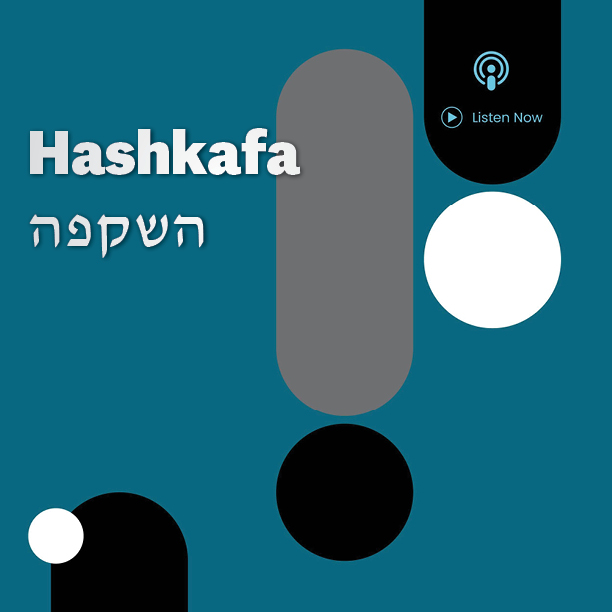October 6, 2022|י"א תשרי ה' אלפים תשפ"ג Introduction: All In - The Segulah of the Jewish People
Print ArticleAll In — The Segula of the Jewish People
כָּל יִשְׂרָאֵל יֵשׁ לָהֶם חֵלֶק לָעוֹלָם הַבָּא, שֶׁנֶּאֱמַר וְעַמֵּךְ כֻּלָּם צַדִּיקִים… (אבות, הקדמה; סנהדרין י:א)
Our unique relationship with Hashem is evident in the Mishnah we recite before learning Pirkei Avot, which confirms that all Jews have a place in Olam Haba.
We All Have Hope
The Machzor Vitri (a talmid of Rashi) explains that we recite this Mishnah before learning Pirkei Avot because it inspires all Jews — even the uneducated and the sinners — to learn Torah and seek growth. Since we all have a portion in the next world, we should all seek to further cultivate that portion by improving ourselves.
The Sefat Emet identifies the same approach in Rava’s opinion regarding informing the uneducated about their ability to fulfill the mitzvah of Talmud Torah. The great Tanna Rav Shimon Bar Yochai held that one fulfills the mitzvah through even a bit of Torah learning each day and each night. Out of fear that people would settle for this minimal amount, he insisted that this halacha be withheld from the masses. Though Amoraim generally avoid disagreement with Tannaim, the Amora Rava does so here. He takes the opposite position — that it is a mitzvah (!) to let the masses know this halacha. The Sefat Emet explains that Rava disagreed with Rav Shimon because he wanted those with little time available to know that they, too, could fulfill the mitzvah of Talmud Torah.
Eventual Arrival
Tosafot also emphasized the idea of Jewish inclusiveness in Olam Haba. The Gemara, based on the Pasuk in Daniel (12:2) which seems to imply that reshaim are “forever damned”, teaches that they are “written and sealed for Gehenom.” Tosafot comments, though, that even they eventually gain entry to Olam Haba.
This perspective on sinners can be understood through the Gemara in Berachot which teaches that even the “emptiest” Jews are as full of mitzvot as a pomegranate is full of seeds. All Jews — even those furthest from Torah and mitzvah observance — are full of mitzvot and, therefore, have a place in Olam Haba.
Segula and Jewish Identity
Our guaranteed place in Olam Haba may be connected to something more intrinsic. In the leadup to Matan Torah, Hashem proposed establishing the Jewish people as His am segula, His beloved treasure. This seems to describe a quality intrinsic to every Jew, irrespective of his life choices. We are born precious, and we die and enter Olam Haba the same way.
Rav Kook used this segula concept to explain why he supported the Zionist settlers even though many were non-religious or even anti-religious. He identified their connection to the segula aspect of Judaism as the source of their focus on the nationalistic aspects of Jewish peoplehood and the Land of Israel. Even though they were gravely mistaken in their decision to disregard mitzvah observance, their identification as Jews and their actions on behalf of our people and land still had value.
Rav Kook’s association of Judaism’s segula side with Jewish national identity finds support in a powerful piece by Rav Tzadok Hakohen. Building off a pasuk in Sefer Yeshayahu, Rav Tzadok highlighted Jewish identity as the central principle of Judaism and asserted that even if Jewish identity is all that one has, it is “enough” of a basis for a (somewhat) meaningful existence.
Tzaddikim Together
In another piece, Rav Kook related to the pasuk that our Mishnah quotes as a prooftext: “V’ameich kulam tzaddikim.” The simple translation of the pasuk is, “And your people are all righteous.” Rav Kook, though, had a powerful, broader interpretation. He explained the pasuk as saying that people are considered tzaddikim only when they are connected to the rest of the Jewish people — even the reshaim. He used this interpretation as (part of) the basis for his objection to the secession of Orthodox Jewish communities from the broader (predominantly) non-Orthodox European Jewish communities. Tzaddikim are those who are connected to the rest of the Jewish people.
Rav Kook explained that no matter how bad reshaim may be, as long as they identify with the Jewish people, they remain part of “V’ameich kulam tzaddikim.” Even if they act inappropriately, they are still part of the “aging wine” of the Jewish nation (even if only the “sediments”).
Guaranteed Inspiration
May the knowledge that mere identification with the Jewish people ensures our place amongst them in this world and gains us entry into the next world inspire us to take full advantage of both.


